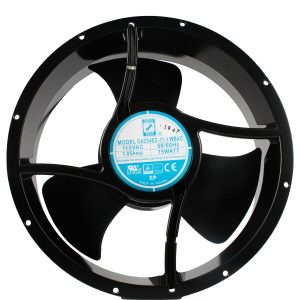COOLING & THERMAL MANAGEMENT CHALLENGES

Higher system clock speeds and higher density physical packaging are creating significant challenges for effective and cost-efficient cooling and thermal management. In fact, this trend has led designers to add fans to systems that already utilize passive cooling technologies, such as heat sinks and heat spreaders.
Fans offer the solutions to increase heat dissipation in smaller system packages, but can also burden the designer with problems such as mechanical fan failures, increased acoustic noise, and increased power consumption by the fan itself. Due to a system’s reliance on the removal of heat by the fan, it is important for the cooling solution to have a fault detection mechanism.
System designers who do not address the management of the fans within the system are subject to increased costs due to increased down time and field replacements. The customer’s perception of the overall system quality and reliability of the equipment is also adversely affected.
AC fans, DC fans and blowers are now available with features that address the problems of noise, reliability, and power consumption. Fan functions, such as smart temperature controls, can reduce power consumption by as much 30% while reducing noise. Air flow monitors and locked rotor alarms provide alerts when fans are not at optimum performance to ensure a reliable cooling solution that meets most any application requirement.



